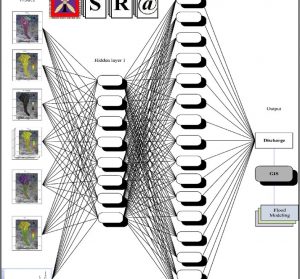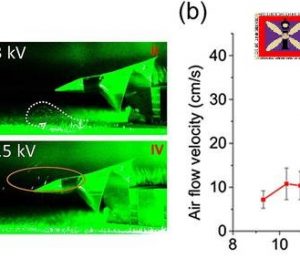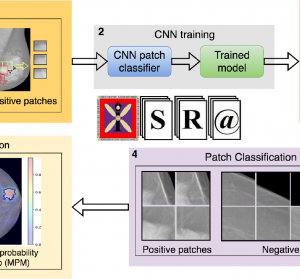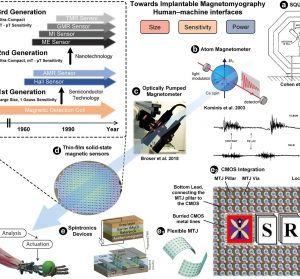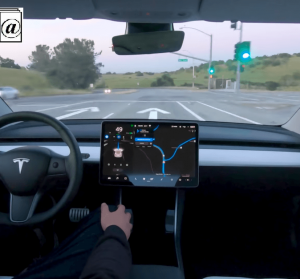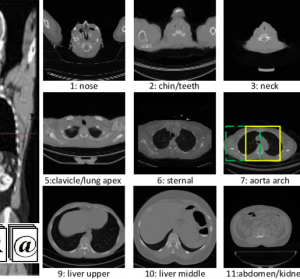An Evolutionary MultiLayer Perceptron Algorithm for Real Time River Flood Prediction
Abstract Severe flash flood events give very little opportunity for issuing warnings. In this paper, we approach the automated and real-time prediction of river flooding by proposing and evaluating different […]
An Evolutionary MultiLayer Perceptron Algorithm for Real Time River Flood Prediction Read More »
